A recent case where an Otago University employee slipped and fell on wet tiles had serious repercussions for the woman involved (she broke her pelvis and back) and her employer. The employer pleaded guilty to a private health and safety prosecution and paid her $60,000 in reparation.
From time to time we get enquiries on slip resistance ratings; what slip rating is required where? What is the difference between wet and dry slip resistance? What products do we offer that have slip ratings available?
To begin, the relevant building code for slip resistance is Clause D1 — Access Routes. The principal objective for this code is to safeguard people from injury during movement into, within, and out of buildings. The specific clause relevant to slip resistance in D1 is 1.3.3(d) and relates to access routes having adequate slip resistance walking surfaces under all conditions of normal use.
An acceptable solution follows (D1/AS1) and indicates that for level access routes to which the public has access, including level accessible routes, shall have a mean coefficient of friction μ, of not less than 0.4 when tested in accordance with AS/NZS 3661.1 (see D1/VM1). In addition, requirements for ramps and stairways are required to be consistent with the Table 2 of D1/AS1.
To determine what the minimum required slip resistance value is for a ramp or sloped surface (gradient not less than 2%), the following equation can be used:
μm = 100μ + M / 100 - Mμ
Where:
- μm = coefficient of friction required for a sloped surface
- μ = coefficient of friction obtained on a horizontal surface
- M = maximum gradient of slope in percent.
Overall, compliance with the slip resistance performance of NZBC D1.3.3(d) may be verified by confirming that the walking surface under the expected conditions of use has a coefficient of friction (μ) of no less than:
μ = 0.4 + 0.0125S where S is the slope of the walking surface expressed as a percentage.
You will note that in regards to NZBC D1.3.3(d), the required coefficient of friction value is not based on wet or dry conditions. So, if for a level surface you are required to have a slip resistance coating that meets the NZBC in wet conditions, the coefficient of friction values doesn't change, but your surface coating may, in order to provide a wet slip resistance rating of no less than 0.4.
As alluded to in the NZBC, slip resistance ratings are obtained using AS/NZS 3661.1. Using this standard, you can elect to either test for dry slip or wet slip. It is generally expected that surfaces that have been shown to comply with the wet requirement would also comply with the dry requirement.
In addition, this table details acceptable solutions for walking surfaces. For coated surfaces, this means that on level and sloping surfaces the coating must have sand or grit impregnated to meet an acceptable wet slip resistance. Wet tiles need to be tested, and as we saw from Otago University, they can be unsuitable for walking on in the wet.













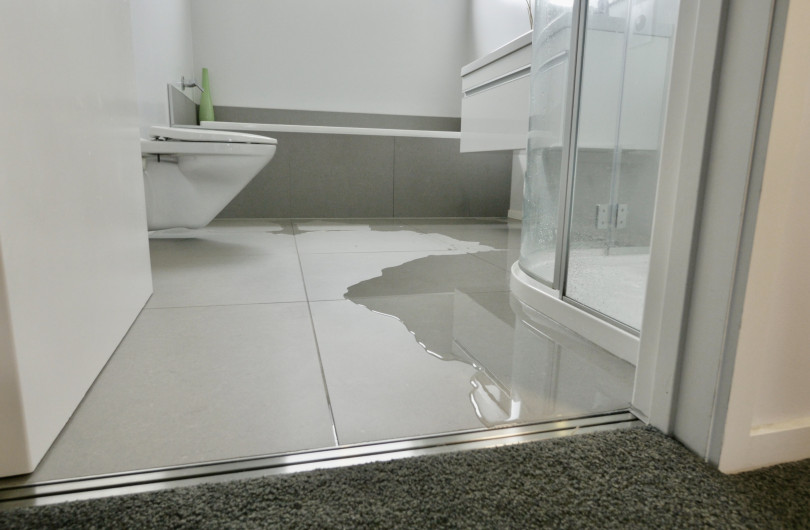
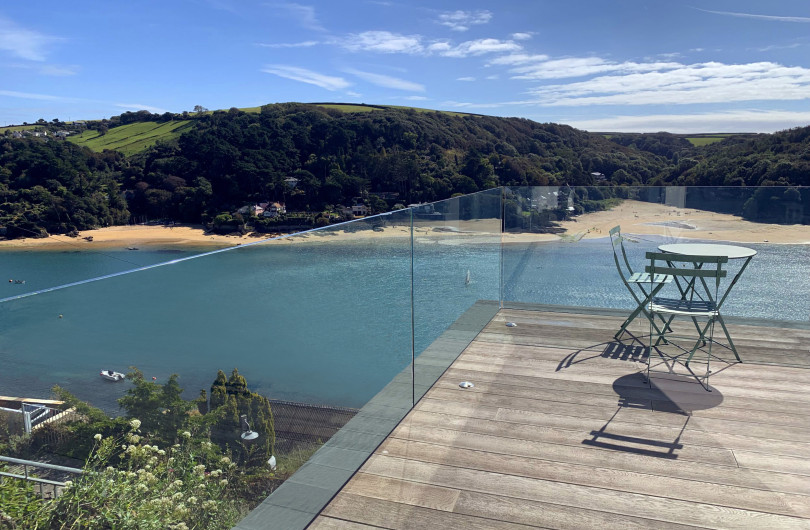

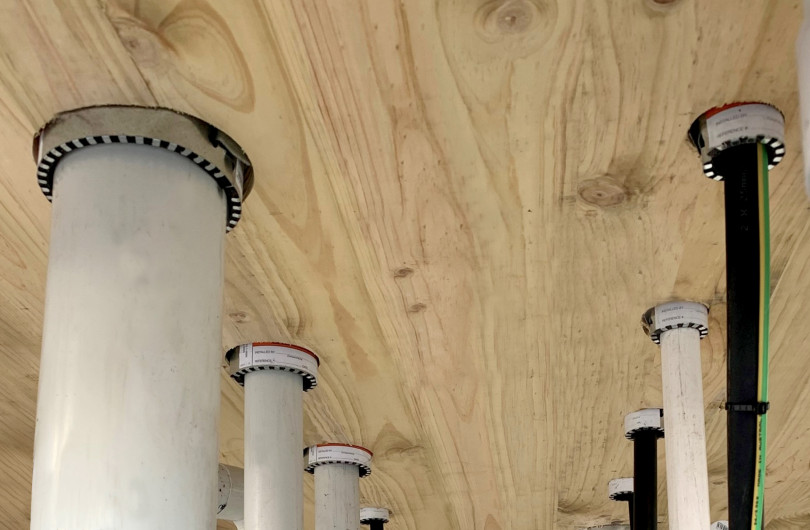

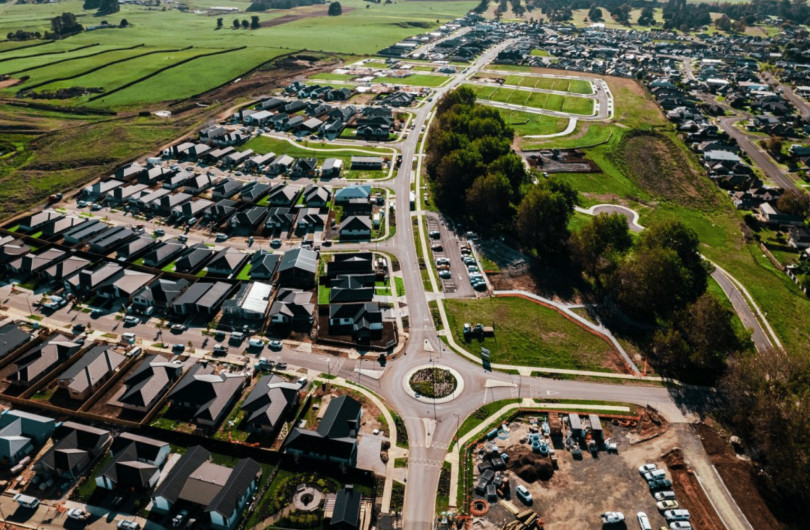

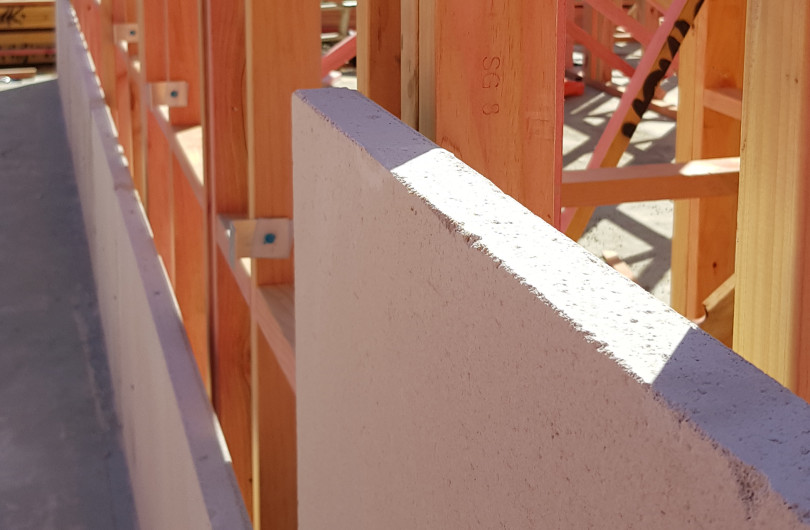



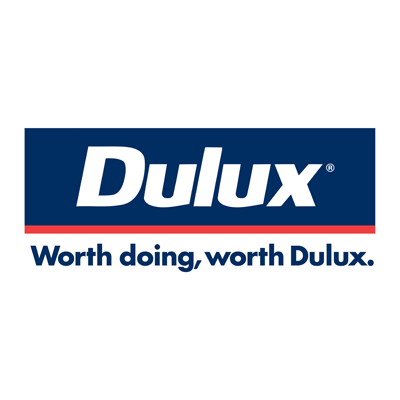



 Most Popular
Most Popular Popular Products
Popular Products



